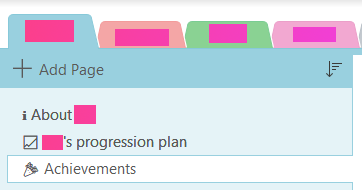WASM development via the Grain Programming Language

Spending my Saturday morning reading about GPL, a language aiming to feel "largely familiar and homey, with many quality-of-life improvements that you’d come to expect of any new-age language 📃 https://t.co/JAmiErT3Yn 📺 https://t.co/bKfPQjj7p6 🏷 #webassembly #wasm — Sami Lamti (@SamiLamti) May 28, 2022 Installing Grain from Source ⚠ Fair warning: This takes a long time (60+ minutes on my gaming laptop, granted I was doing 5 other things at the same time as I normally do). With node and npm already installed, I started following the instructions on XXX. They didn't quite work for me on my Windows machine, however, why I instead ending up doing the below: Enable Developer Settings Run a bunch of commands git clone https://github.com/grain-lang/grain cd grain npm ci cd compiler npm install cd ../cli npm install npm run build-pkg npm run link [Environment]::SetEnvironmentVariable("Path", $env:Path + ";" + (npm bin --global) -join "`n","Us
